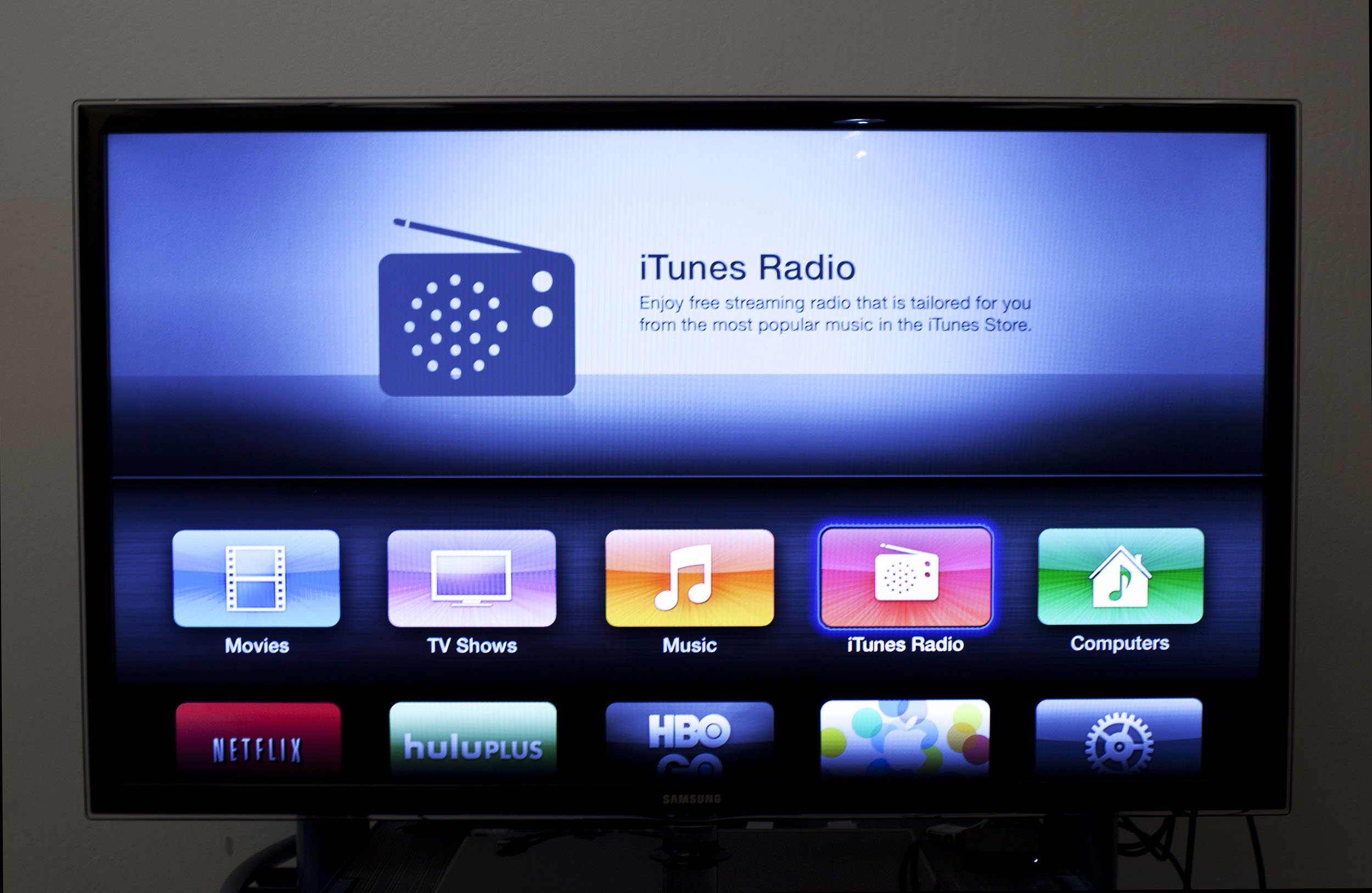Homebrew is written in the Ruby programming language and targets the version of Ruby that comes installed with the macOS operating system. By default, it is installed into /usr/local on Intel-based machines and /opt/homebrew on Apple silicon. The installation consists of a git repository that allows users to update Homebrew by pulling an updated repository from GitHub. Binary packages called "bottles" provide pre-built formulae with default options. Homebrew Cask extends Homebrew with support for installing binary apps — the kind you normally drag to your Applications folder from DMG files.
Homebrew is a free macOS package manager that allows you to install, update, or remove software by running commands in the terminal. Use Homebrew to easily install the latest versions of various developer tools for macOS, such as PostgreSQL, Python, PHP, Nginx, etc. To go easy on the coding jargon, we won't be explaining how Homebrew works under the hood. The main thing you should know as a user is that Homebrew acts through Terminal commands — you can install, update, and uninstall packages by typing a few words. The package consists of software binaries, configuration files, and metadata. The metadata, in turn, handles all the dependencies.
Homebrew is one of the popular package managers for Mac OS X but can be installed on Linux as well to download and install various packages. Homebrew Cask extends Homebrew with support for quick installation of applications like Google Chrome, VLC, and more. Homebrew is a free and open-source software package management system that simplifies the installation of software on Apple's operating system, macOS, as well as Linux. The name is intended to suggest the idea of building software on the Mac depending on the user's taste. Originally written by Max Howell, the package manager has gained popularity in the Ruby on Rails community and earned praise for its extensibility. Homebrew has been recommended for its ease of use as well as its integration into the command line interface.
Homebrew is a non-profit project member of the Software Freedom Conservancy, and is run entirely by unpaid volunteers. Homebrew put installations files at the user path /usr/local/bin/, or in the file system in /usr/local/Cellar, but links them into /usr/local/bin. This facilitates for you to launch these apps from the applications folder as if it is a usual part of your lovely macOS. Nonetheless cask remains a very popular method to easily install, maintain, and manage various Mac apps as well. It really just depends on the individual users particular setup. Now you have both Xcode Command Line Tools and Homebrew installed.
If you want to learn more about adding Homebrew packages to set up your development environment, see Install a Homebrew Package. It's really legendary to get the power of using the latest and updated version of software on your Mac device. In Homebrew, there are formulae packages to directly install from its core public repository.
In addition, there is the cask (brew-cask) which is an extension to enrich you with more software packages and binary apps using the command line. CommandDescriptionbrew install --cask firefoxInstall the Firefox browserbrew list --caskList installed applicationsCask commands are used for interacting with graphical applications. Try these commands yourself with any Homebrew package. Use File sharing to allow local directories on the Mac to be shared with Linux containers. This is especially useful for editing source code in an IDE on the host while running and testing the code in a container.
By default the /Users, /Volume, /private, /tmp and /var/folders directory are shared. If your project is outside this directory then it must be added to the list. Otherwise you may get Mounts denied or cannot start service errors at runtime. Xcode is Apple's native IDE, an integrated development environment that has all the tools you need for software development on Mac.
To install some of the Homebrew package components, you need to install Xcode's command line tools first (in case you haven't done it before). "Homebrew installs the stuff you need that Apple didn't" — this is how Homebrew creators describe it, and we agree. Homebrew is an open-source package manager for macOS that offers an easy way to install software and tolls through the command line. If you are a coder, developer, Terminal lover, or more tech-savvy than an average Mac user, you can use Homebrew to simplify software installation on your Mac. This curl command will download the Homebrew installation script from Homebrew's Git repository to your mac machine, but without installing it.
If the CLI fails to update, try uninstalling it, then reinstalling it. Ensure that you don't have the legacy Heroku Toolbelt or Heroku Ruby gem installed by using which heroku or where heroku to confirm what the heroku command points to. Some users must modify their PATH to include it (/usr/local/bin/heroku for most installations). While the command line interface on macOS has a lot of the functionality you'd find in Linux and other Unix systems, it does not ship with a package manager. A package manager is a collection of software tools that work to automate software installations, configurations, and upgrades. Package managers keep the software they install in a central location and can maintain all software packages on the system in formats that are commonly used.
Homebrew grew quite popular among macOS users as more developers created command line tools that could be easily installed with Homebrew. Every time you update a specific package or Homebrew itself, a copy of the old version is created. These copies don't go anywhere — they just sit there, eating up your storage space. You can check how much space is occupied by old copies if you run the command brew cleanup -n in Terminal. The worst thing is it's nearly impossible to delete all these leftovers by simply uninstalling Homebrew. Homebrew is a popular open source package manager that makes installing software on Mac OS X much simpler.
Instead of downloading the bundle's source code manually, unarchiving it, and then configuring and running it, all you have to do is enter one simple command in your CLI. You can use Homebrew's simple ctl to brew install Elasticsearch on Mac OS, as well as Kibana and the rest ELK Stack. A new official Homebrew tap developed by Elastic makes this procedure super easy. On Mac Intel machines, that's all you need to do – Homebrew is ready to use. On Mac Intel, Homebrew installs itself into the /usr/local/bin directory, which is already configured for access by the shell with the macOS default $PATH.
Most developers need programming languages and utilities that don't come installed on macOS and are not included in the Xcode Command Line Tools package. Homebrew can install almost any open-source tool for developers. You may update your Valet installation by executing the composer global update command in your terminal. After upgrading, it is good practice to run the valet install command so Valet can make additional upgrades to your configuration files if necessary. In this tutorial, you can have a clear idea that supported by codes, details, and examples to install Homebrew on your macOS. For more details, you can see the official list of Homebrew packages.
Also, we had already published about installing some software examples, such as telnet command when it's missing in macOS. As you type this command, a popup will appear with the message "xcode-select command requires the command line developer tools. " Click the Install button to proceed with the installation.
Since I already installed this package, it's showing an error message, as seen from the screenshot. Homebrew is a free and open source package manager that lets you install any kind of app on a Mac, like command-line tools and third-party GUI apps. With a single command, you can search, install, uninstall, or update Unix tools. After following the steps in this tutorial, you should have Homebrew installed on your system. It holds a variety of software packages in one place, offers thousands of command-line-based tools, as well as many apps that aren't available in the App Store.
In the terminal, run the flutter devices command to verify that Flutter recognizes your connected Android device. By default, Flutter uses the version of the Android SDK where your adbtool is based. If you want Flutter to use a different installation of the Android SDK, you must set the ANDROID_SDK_ROOT environment variable to that installation directory. In this tutorial you installed and used Homebrew on your Mac. You can now use Homebrew to install command line tools, programming languages, and other utilities you'll need for software development. Once the installation process is complete, you will want to put the directory Homebrew uses to store its executables at the front of the PATH environment variable.
This ensures that Homebrew installations will be called over the tools that macOS includes. You'll see examples of commands that will help you install different software, configs, and updates through Homebrew. For example, to install a package, you should type brew install 'package name' in Terminal.
There are also a few useful troubleshooting commands you should take note of, such as brew doctor that can detect installation issues. Uninstalling Homebrew is a very simple process, you just need to execute the uninstall ruby script in the terminal, just choose the command that aligns your MacOS version. When you run a heroku command, a background process checks for the latest available version of the CLI.
If a new version is found, it's downloaded and stored in ~/.local/share/heroku/client. This background check happens at most once every 4 hours. If you aren't sure if Homebrew is installed, try the which brew command from the terminal to verify. As shown above, the two commands don't come from the same bin directory. Update your path to use commands from /path-to-flutter-sdk/bin before commands from /usr/local/bin . After updating your shell for the change to take effect, running the which command again should show that the flutter and dart commands now come from the same directory.
Xcode is an integrated development environment that is comprised of software development tools for macOS. You won't need Xcode to use Homebrew, but some of the software and components you'll want to install will rely on Xcode's Command Line Tools package. In this tutorial you'll install and use Homebrew on your Mac. You'll install system tools and desktop applications from the command line interface.
Homebrew is a package manager for macOS which lets you install free and open-source software using your terminal. You'll use Homebrew to install developer tools like Python, Ruby, Node.js, and more. Now that you know where Homebrew generally stores packages, you can also learn more specifics about particular packages. If you're looking for some noteworthy packages, check out this list of some of the best Homebrew packages available for Mac users. If you're a developer you might also be interested in getting node.js and nom along with installing the updated Python 3 package on a Mac. Want to quickly see all Homebrew packages installed on a Mac?
You can check brew bundle --help for specifics and examine the Brewfile. I believe this answer is more complete and idiomatic way to do it than the accepted answer - for example, it includes taps and casks. It is architecture-independent and will install dependencies. If you want machine B to also uninstall packages which are not in the Brewfile, you'll need to provide --cleanup or do a separate brew bundle cleanup. Docker Desktop comes with scripts to enable completion for the docker and docker-compose commands. The completion scripts may be found inside Docker.app, in the Contents/Resources/etc/ directory and can be installed both in Bash and Zsh.
Unfortunately, there's no graphical user interface for Homebrew Cask. And, since Mac OS X is now home to Windows-style installer crapware, Homebrew Cask is a way around that. Specifically, the mode changes from drwxr-xr-x root wheel to drwxrwxr-x myuser admin. All files, not just the directories, have their ownership changed by the installer. This is considered by some as a major security flaw.
In March 2013, Homebrew successfully completed a Kickstarter campaign to raise funds for servers to test and build formulae and managed to raise £14,859. On December 13, 2013, the Homebrew repository migrated from Howell's GitHub account to its own project account. In February 2015, due to downtime at SourceForge which resulted in binaries being unavailable, Homebrew moved their hosting to Bintray. On September 21, 2016, Homebrew version 1.0.0 was released.
As of February 2021, Homebrew is maintained by a team of 34 people. In January 2019, Linuxbrew was merged back into Homebrew, adding beta support for Linux and the Windows Subsystem for Linux to the Homebrew feature set. On February 2, 2019, Homebrew version 2.0.0 was released. On September 21, 2020, Homebrew version 2.5.2 was released with support for bottle taps via GitHub Releases.
Version 3.0.0 was released almost exactly two years after 2.0.0, on February 5, 2021, and added official support for Macs with Apple silicon. Installing Homebrew on UbuntuAt the end of the script competition, it recommends to run a few commands to add it to the PATH variable. Homebrew is actually installed in your home directory and then soft linked to the /usr/local directory. Moving to the main part — "install Homebrew Mac" — we should explain that the installation method we describe uses curl to download the installation script. This method is the easiest and it's recommended by the Homebrew team. The same applies to the process of uninstalling Homebrew.
Since some people don't want to use curl for security reasons, there are ways to manually download and execute the script (but we won't go into that here). Using a package manager is the simplest method and will require the least amount of work to maintain. The default package will be for the most recent release, so it will not have bug fixes until the next release (i.e., unless you install it with the --HEAD option in Homebrew). Releases may lag a few days behind because it has to be coordinated with another team. Nevertheless, this is the recommended installation method if you want to work from a stable, widely used source.
Package managers work well and they are easy to update. While running the brew cu command without any other further options, the script automatically runs brew update to get latest versions of all the installed casks . It does not require Node.js or any other dependencies to run. Unless you install the Debian/Ubuntu package or used npm install, the CLI contains its own Node.js binary that doesn't conflict with other applications. Brew is the core command, central to the entire Homebrew package manager.
Formula is a package definition built from the source repository. Cask is an extension to brew that lets you install native apps for Mac though Terminal. You're not restricted to using Homebrew for command-line tools. Homebrew Cask lets you install desktop applications.
This feature is included with Homebrew, so there's nothing additional to install. The command uses curl to download the Homebrew installation script from Homebrew's Git repository on GitHub. Have you ever wondered where Homebrew puts the binaries from brew packages that are installed on a Mac? If you're a Homebrew user, you may be interested in knowing where Homebrew puts everything and where to find the installed brew packages in Mac OS. Instead, you can issue a simple command to show a list of all Homebrew packages installed on a particular Mac.
Additionally, you can issue a similar command to list all cask packages installed through Homebrew on the Mac too. Executing brew list command shows a simple, alphabetically sorted list of all the installed packages. Start by installing Shopify CLI on your computer. You can install Shopify CLI on Windows, macOS, or Linux. Use your computer's command line to install Shopify CLI from one of the supported package managers.


























